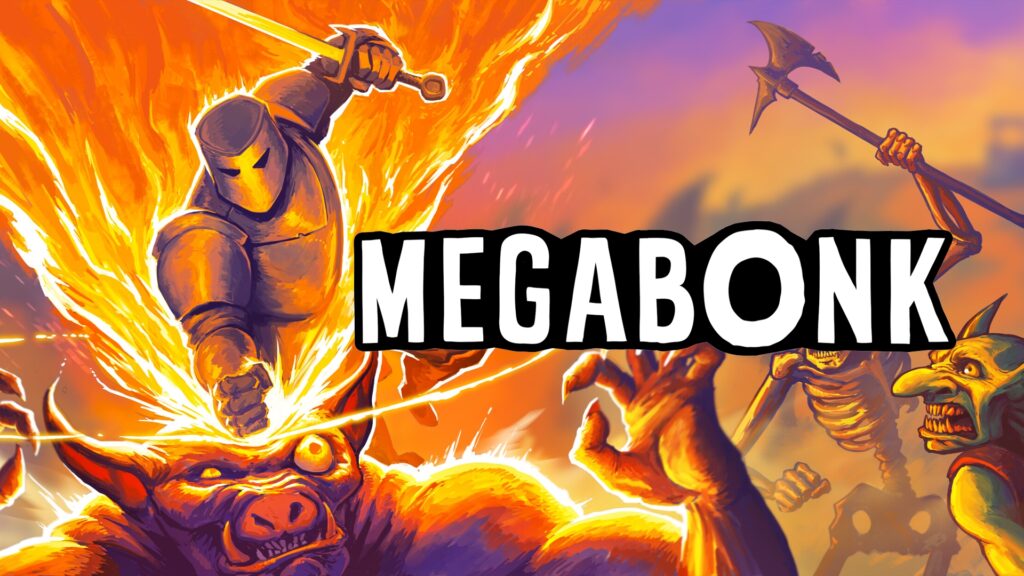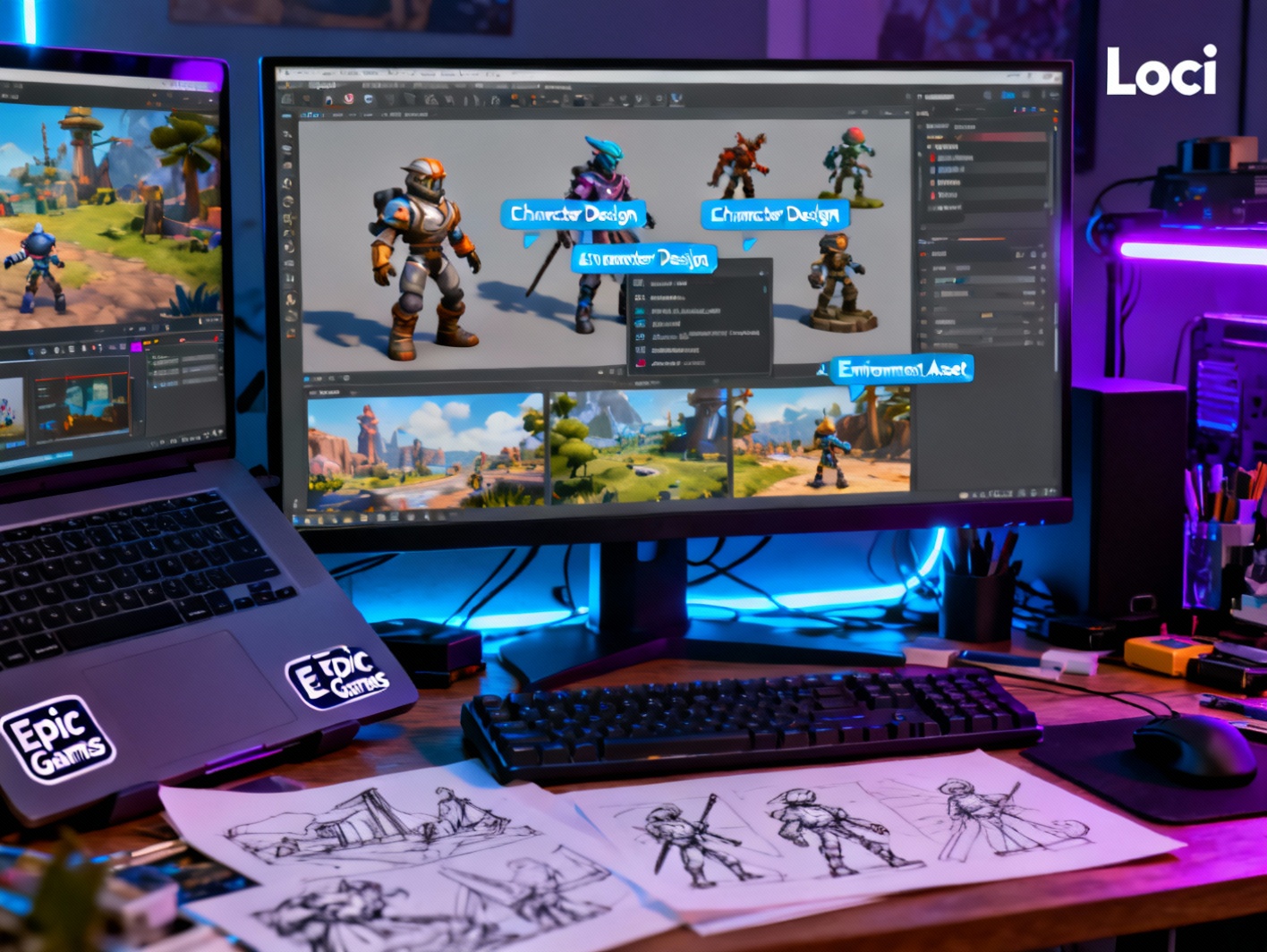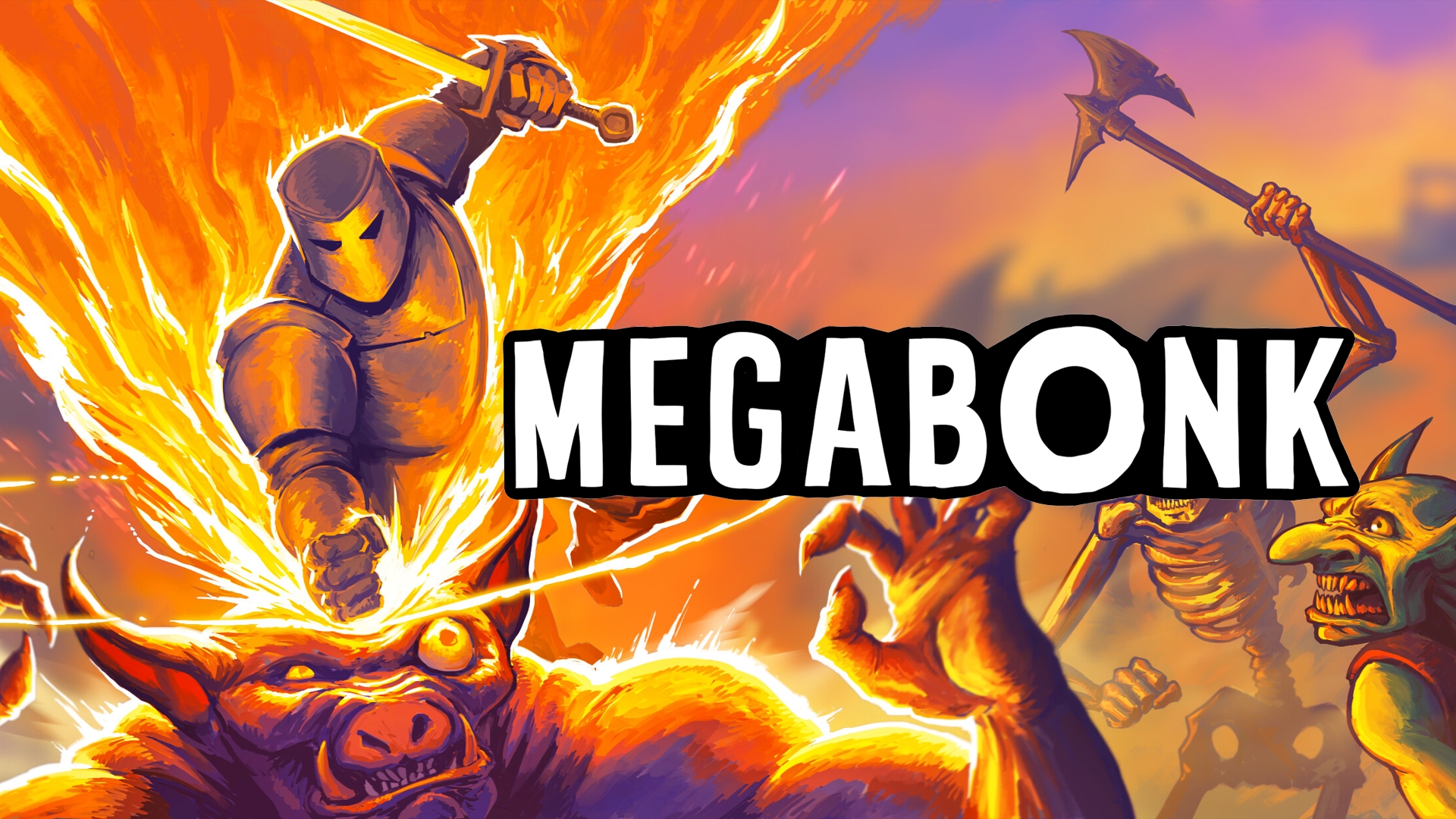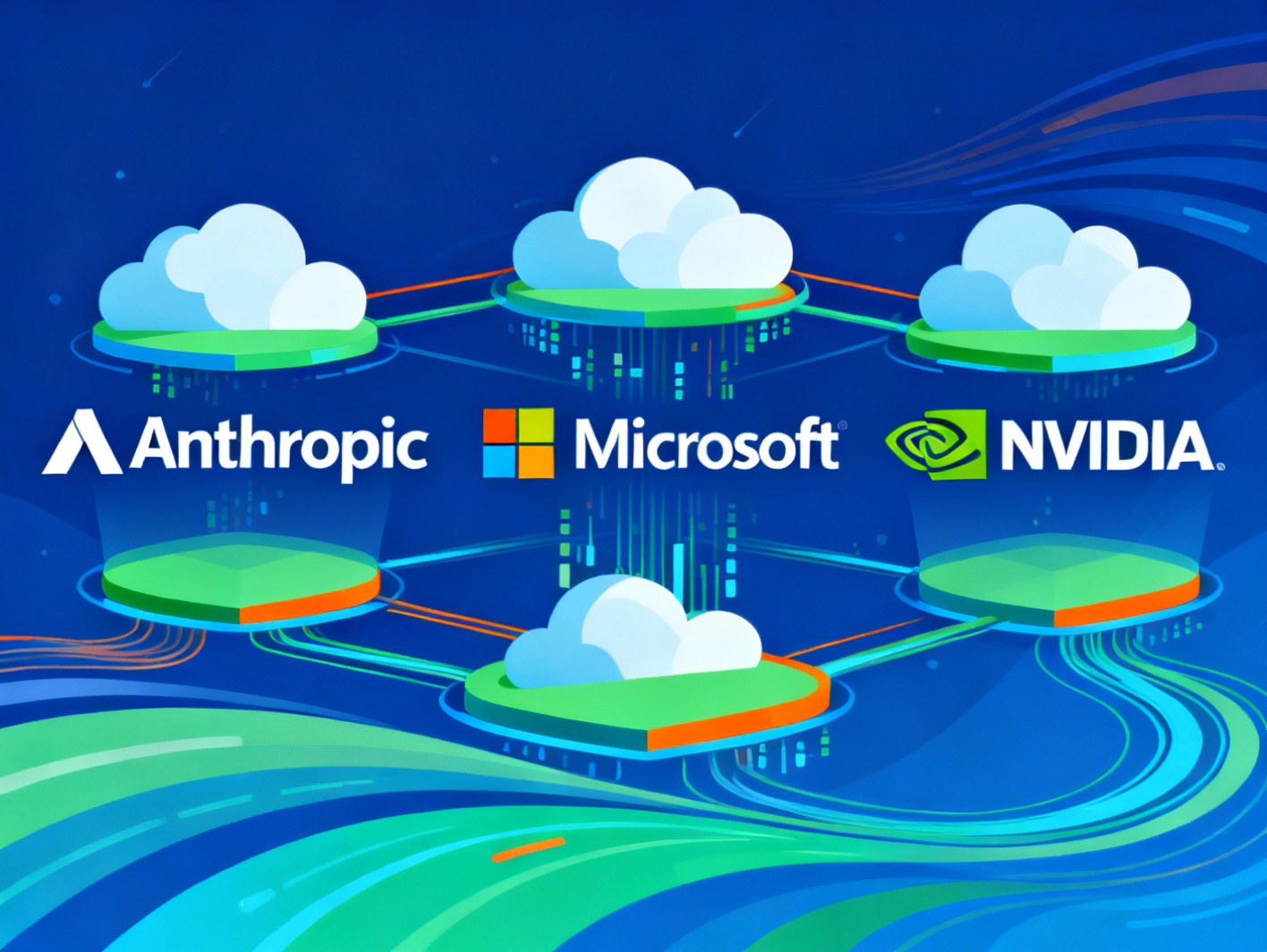
Table of Contents
- Introduction
- The Genesis of Megabonk: From Concept to Release
- Gameplay Mechanics: A Fresh Take on the Roguelike Genre
- Sales Milestones and Player Engagement: Breaking New Ground
- Community and Developer Interaction: Building a Loyal Fanbase
- Industry Impact: Redefining Indie Game Success
- Future Prospects: What’s Next for Megabonk?
- Conclusions
Megabonk has turned heads across the gaming landscape with its meteoric rise from solo indie title to global phenomenon. Developed by a single individual, it defies expectations by surpassing the performance of popular mainstream games, boasting over one million sales and a peak of more than 117,000 concurrent players within just two weeks. This article takes a closer look at how Megabonk came to be, what makes its gameplay so unique, and what its success means for the future of indie game development.
The Genesis of Megabonk: From Concept to Release
Megabonk began as a passion project led by solo developer Vedinad. Inspired by the rapid-paced success of Vampire Survivors, Vedinad sought to deliver a similarly addictive experience with his own creative spin. He envisioned something that offered both the satisfaction of traditional survival roguelikes and the distinct depth of 3D exploration, which led to the core mechanics that would define Megabonk.
Development was far from easy. Balancing programming, design, testing, and marketing alone proved to be a formidable challenge. With limited resources and no team, Vedinad had to rely on resourcefulness and online developer communities for guidance and feedback. Another difficulty was integrating procedurally generated 3D environments in a way that felt seamless and natural within fast-paced combat mechanics.
The decision to release on September 18, 2025 was strategic, falling near the tail end of the third quarter but ahead of fall blockbuster releases. It was a gamble, one aimed at maximizing initial visibility. Reception was overwhelmingly positive. Fans praised the game’s tight loop and innovative combat, and despite being launched without a publisher, it gained traction through streaming platforms and word of mouth. What started as an experimental indie title quickly became one of the year’s breakout hits.
Gameplay Mechanics: A Fresh Take on the Roguelike Genre
At the heart of Megabonk lies a set of gameplay mechanics that separate it from other roguelike action games. Its foundation is a procedurally generated 3D environment, where every run feels different due to an ever-changing layout. Unlike the fixed levels of older games, each map in Megabonk brings fresh navigation challenges, item placements, and combat zones, which compel players to adapt their strategies on the fly.
Combat is designed to be automatic, allowing players to focus more on movement, positioning, and decision-making. This mechanic strips away the need for intricate button mashing and instead rewards real-time tactical awareness. It also makes room for casual players to enjoy the action without mastering complex control schemes.
Meanwhile, character progression is driven by a randomized upgrade system. As enemies are defeated, players earn upgrades that can modify stats, unlock abilities, or alter gameplay styles entirely. These upgrades are drawn from a diverse pool, ensuring that no two sessions feel alike and encouraging experimentation with different builds.
This combination of procedural maps, automatic combat, and evolving character builds offers a constantly rotating gameplay loop. It appeals to players who enjoy both accessibility and deep strategic layers, helping it stand out in a crowded indie market.
Sales Milestones and Player Engagement: Breaking New Ground
Megabonk’s launch success defied conventional expectations. Within its first two weeks, it sold over one million copies and achieved a remarkable 117,336 concurrent players at peak. To put that figure into perspective, major AAA releases often struggle to sustain such momentum post-launch, while most indie games only dream of attaining such visibility.
This rapid uptake can be attributed to several integrated factors. First, the game’s addictive and accessible loop made it highly streamable, generating viral clips that drew broader audiences. Second, its low system requirements ensured it could be played on a wide range of PCs, further expanding its market reach.
Compared to other successful indie titles like Hades or Dead Cells, Megabonk’s performance was more rapid and breakneck. While those built momentum over months and years, Megabonk hit the ground running. Even in comparison to mainstream hits, it held its own. For example, its concurrent player count briefly outpaced several high-profile releases from major studios, showing that even a solo-developed game could challenge the status quo.
This reflects not just excitement over the game, but a shift in player behavior—they’re increasingly drawn to well-crafted experiences regardless of developer size or production budget.
Community and Developer Interaction: Building a Loyal Fanbase
One critical factor behind Megabonk’s continued success is the tight-knit connection between Vedinad and the game’s community. Even before launch, Vedinad shared regular development updates, behind-the-scenes insights, and prototype footage through forums and social media. This openness gave players a sense of investment and built anticipation far before the game went public.
Transparent communication became a pillar of trust. Vedinad was quick to address bug reports, balance issues, and feature suggestions, often implementing player feedback in early patches. Players recognized these responses not as token gestures but as genuine improvements based on community discussions.
Furthermore, Vedinad fostered user interaction by maintaining public development roadmaps and showing progress on requested features. This sort of bidirectional communication kept the audience engaged and offered a rare layer of accountability seldom seen in commercial game development.
The result is a loyal, highly engaged community that doesn’t just consume content—they contribute to its evolution. It created advocates for the game, improving long-term retention and encouraging word-of-mouth recommendations. In an era where many games lose players within weeks, Megabonk is thriving thanks to these deep-rooted connections.
Industry Impact: Redefining Indie Game Success
Megabonk’s blockbuster success has serious implications for the gaming industry, particularly for the indie development scene. Traditionally, high-impact launches have been the realm of big-budget studios with marketing campaigns and large teams of developers. However, Vedinad’s solo achievement throws those assumptions into question.
This triumph illustrates that players are increasingly seeking innovative mechanics and fresh creativity over polished but repetitive content. Megabonk didn’t succeed due to cutting-edge graphics or licensed properties—it thrived because it delivered a fun, variable, and addictively replayable experience. This may signal a power shift, where creativity and agility are beginning to outweigh massive budgets.
Indie developers now have a compelling case to present when seeking funding or mentorship. Platforms and publishers may become more open to supporting smaller teams, knowing the potential payoff has been thoroughly demonstrated. At the same time, big studios may reassess how they engage players, perhaps reintroducing more community-focused design and transparency in hopes of mimicking Megabonk’s appeal.
Most importantly, Megabonk empowered developers by proving that the path from idea to impact no longer demands a massive workforce or corporate backing. It’s a rallying cry for the solo dev and an invitation for innovation across the board.
Future Prospects: What’s Next for Megabonk?
With such an explosive start, speculation is naturally high about Megabonk’s future. Fans are already discussing possible expansions, new maps, and additional character classes. Given Vedinad’s close relationship with the community, it’s likely that future content will be heavily shaped by player demand.
There are also whispers about sequels or even multiplayer integration. While the core automated combat system is well-suited for solo play, introducing co-op elements could open a brand-new gameplay dynamic. Vedinad has hinted in posts that new content cycles and seasonal events are on the horizon, potentially maintaining engagement through regular updates.
Another promising avenue is modding support. Allowing players to create their own content could turn Megabonk into a creative platform as much as a game, extending its lifecycle and inviting user-generated variety. This approach has worked well for other indie hits, and it aligns well with the game’s replay-focused structure.
Of course, the challenge lies in balancing new features with the game’s finely tuned combat and simplicity. Vedinad will need to carefully manage additions to preserve the gameplay core while keeping the experience fresh. But if the game’s development so far is any indication, Megabonk’s future looks as bright as its remarkable launch.
Conclusions
Megabonk has not only captured the attention of players but has also reshaped ideas about what’s possible for indie games. From its solo development roots to a staggering commercial debut, it demonstrates that passion and innovation can carve out a place even in a highly competitive market. What began as an experimental project is now a benchmark for community-first, creativity-driven development. As conversations about diversity, accessibility, and innovation in games continue to grow, Megabonk provides a compelling blueprint for future creators. Its ongoing success may well influence both indie and AAA approaches for years to come.










